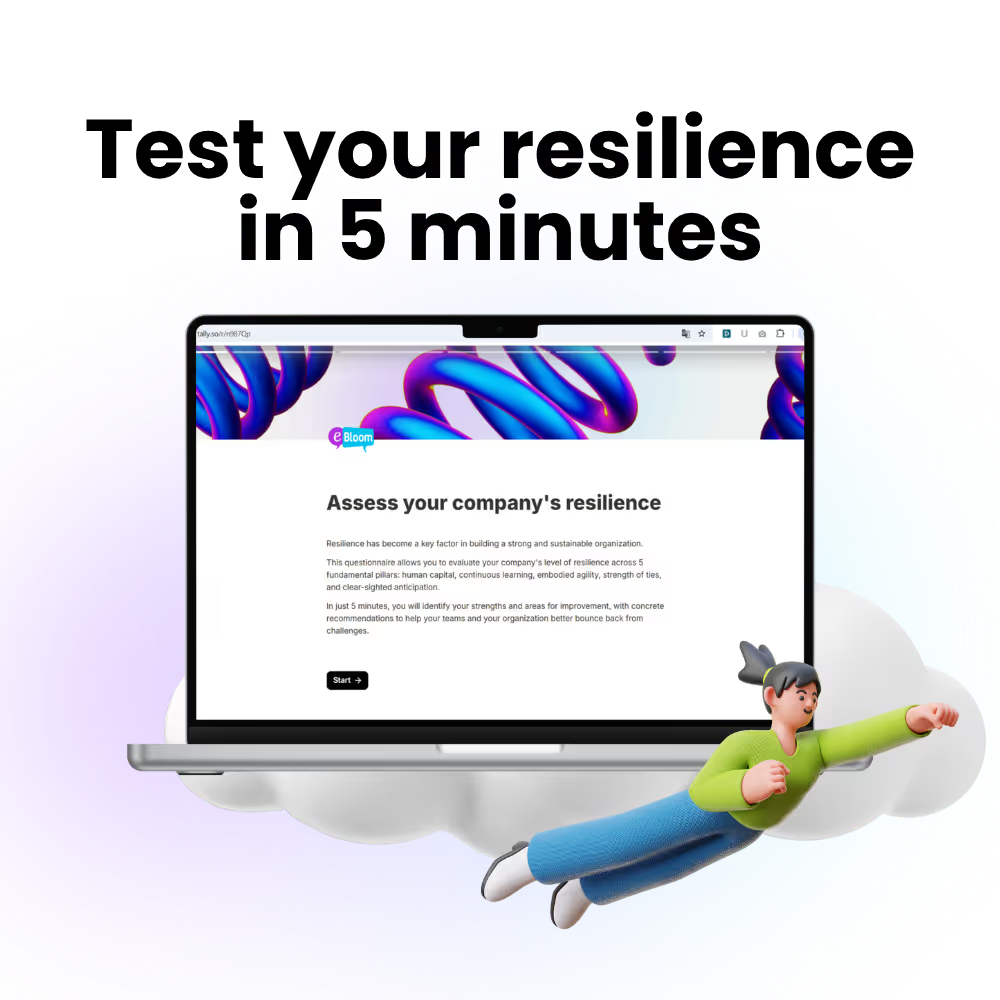
The identity of a company is rooted in its values. Recruiting according to these values not only helps maintain this identity but also strengthens it. This article explores this approach using Easi, a Belgian company repeatedly recognized as the best workplace, as an example.
A company's identity comprises its values, culture, mission, and vision, defining its essence. This identity is fundamental to creating a strong employer brand capable of attracting and retaining talent. Values shape and define the company's identity, influencing how employees behave and collaborate. Strong employee alignment with these values ensures a coherent and dynamic corporate culture, essential for the company's sustainability and success.
Many companies make the mistake of developing programs to share and instill their values with employees. While these initiatives are commendable, they are often less effective than recruiting directly according to those values. By hiring employees who already share the company’s values, it ensures better team cohesion, higher job satisfaction, and increased talent retention. Employees aligned with the company's values are more likely to engage fully and contribute positively to the organizational culture.
Recruiting based on values offers several advantages:
Easi is a Belgian company specializing in IT services and software, known for its values of caring, excellence, positivity, responsability and commitment. These values are deeply integrated into the corporate culture and are a central pillar of their success.
Easi has implemented a rigorous recruitment process focused on evaluating candidates' values. During interviews, Easi recruiters ask specific questions aimed at assessing candidates' alignment with values such as transparency and recognition. They also use practical exercises to see how candidates react in situations reflecting Easi’s corporate culture.
The results of this approach are impressive. Easi has been recognized as the best workplace in Belgium for ten consecutive years and has some of the highest employee satisfaction and retention rates in the sector. According to internal data, 97% of Easi employees believe management shows a sincere interest in them as individuals, and 94% feel respected by management (Easi) (Easi Blog) (Easi).
Leadership plays a crucial role in embodying and promoting the company’s values. Leaders who adhere to and practice these values positively influence the organizational culture and foster a healthy and productive work environment. At Easi, leaders model transparency and recognition, strengthening team cohesion and engagement.
Regular assessment of corporate culture is essential to ensure it remains aligned with defined values. Tools like the Leadership Self Assessment can help companies identify strengths and areas for improvement in leadership and organizational culture. Easi uses a combination of internal surveys and feedback mechanisms to maintain a strong and coherent corporate culture, continuously adapting practices based on employee feedback and market changes (Vlerick Business School).
Training recruiters and managers to evaluate candidates’ values is essential. They should be equipped to ask the right questions and interpret responses to identify candidates who share the company’s values. Here are some practical steps:
By incorporating these practical steps into your recruitment process, you can ensure that new hires not only possess the necessary skills but also align with and contribute to the company’s values and culture. This approach helps build a cohesive and committed workforce, driving long-term success and organizational stability.
Recruiting according to company values is a powerful lever for maintaining and strengthening corporate identity. The example of Easi shows that this approach can lead to high employee satisfaction, better team cohesion, and sustainable organizational success. By adopting value-based recruitment practices and using tools to assess corporate culture and leadership, companies can create a work environment that attracts and retains the best talent.
Ready to discover how your leadership and corporate culture align with your company's values?
Discover more about company culture, employer identity, and leadership style in our book "Leader NextGen."

.avif)



